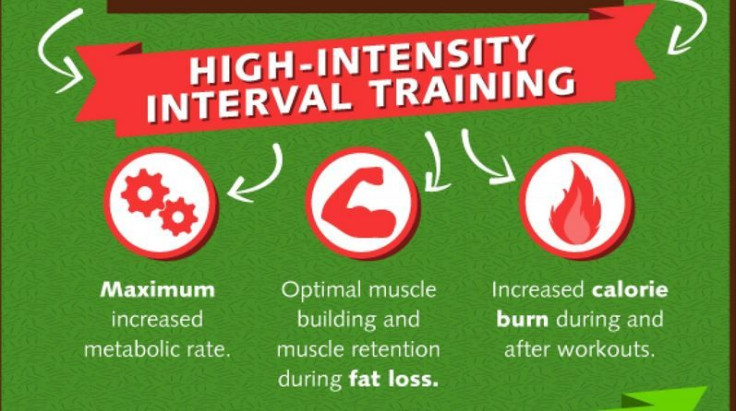Complete Guide To HIIT: Everything You Need To Know About High-Intensity Interval Training

High-Intensity Interval Training has taken the fitness world by storm, and for good reason. Scientific research has shown that HIIT improves both aerobic and anaerobic fitness, impacts muscle tissue at a cellular level, and produces the same anaerobic and aerobic improvement as cardio in less than half the time. While many workout enthusiasts have been quick to adopt this method of exercise, not all of them truly understand what an HIIT program consists of.
First, what exactly is HIIT? Generally, it combines two of the most effective fat-burning methods: maximum effort to achieve muscle fatigue and maximum oxygen use in a quick burst of exercise. A term that commonly gets thrown around when discussing HIIT is VO2 MAX — the largest amount of oxygen our bodies consume during exercise. Getting our bodies as close to VO2 MAX as possible triggers the afterburn effect, meaning the body continues to consume O2 hours after we’re done working out.
HIIT programs are not all the same. They tend to have different lengths of time for both high- and low-intensity training intervals, different ratios of high- to low-intensity levels, and different levels of intensity during lower-intensity intervals. There are three leading HIIT programs: the Tabata Method, the Little Method, and Turbulence Training. Before you start any HIIT program, find out which one is best for you based on your skill level and the amount of time you can spend on exercise.




























